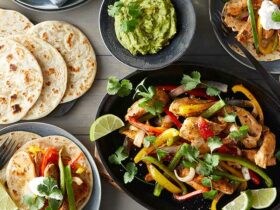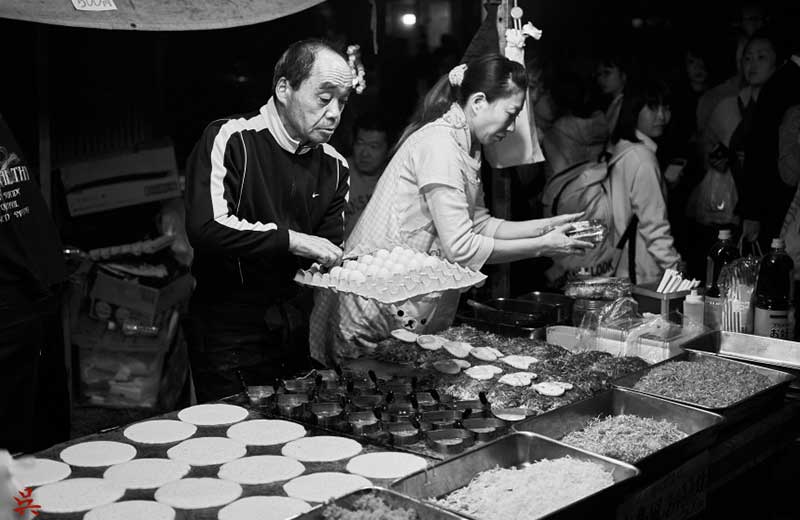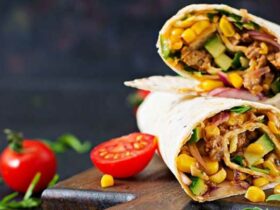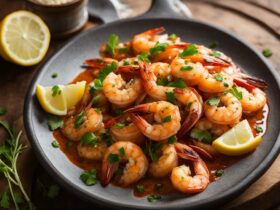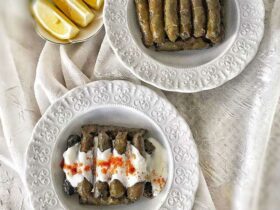Edo Style Cuisine, also known as Edo-mae or Tokyo cuisine, is a culinary tradition that originated in the Edo period of Japan, which lasted from 1603 to 1868. It showcases the rich cultural heritage and historical significance of Tokyo, formerly known as Edo. iweddingdirectory will delve into the intricacies of Edo Style Cuisine, exploring its flavors, key ingredients, traditional cooking techniques, health benefits, and its influence on modern gastronomy.
Introduction
In this fast-paced era, where culinary trends come and go, Edo Style Cuisine has stood the test of time. Its enduring popularity can be attributed to the harmonious balance of flavors, the emphasis on fresh and seasonal ingredients, and the meticulous attention to detail in food preparation.
What is Edo Style Cuisine?
Edo Style Cuisine is characterized by its simplicity and elegance. It focuses on bringing out the natural flavors of ingredients through careful cooking methods and minimal seasoning. This culinary style prioritizes the appreciation of the ingredients’ inherent qualities, creating dishes that are both visually appealing and delicious.

Historical Significance of Edo Style Cuisine
During the Edo period, Tokyo flourished as the political and cultural center of Japan. The city attracted merchants, artisans, and samurais, who brought with them their unique regional cuisines. The fusion of these diverse culinary traditions led to the development of Edo Style Cuisine, which reflected the vibrant and cosmopolitan nature of Edo.
Key Ingredients and Flavors
Edo Style Cuisine utilizes a variety of ingredients, including fresh seafood, seasonal vegetables, tofu, and soy sauce. Seafood, such as sushi-grade fish, plays a prominent role in Edo-mae sushi, which is renowned for its delicate flavors and exquisite presentation. The flavors of Edo Style Cuisine are often characterized by a delicate balance of umami, sweetness, and subtle acidity.
Popular Edo Style Dishes
Some of the most iconic dishes in Edo Style Cuisine include tempura, sukiyaki, chanko-nabe, and monjayaki. Tempura consists of lightly battered and deep-fried seafood and vegetables, creating a crispy and flavorful dish. Sukiyaki is a hot pot dish made with thinly sliced beef, tofu, vegetables, and a savory soy-based broth. Chanko-nabe is a hearty stew traditionally consumed by sumo wrestlers, while monjayaki is a type of savory pancake popular in Tokyo.
Traditional Cooking Techniques
Edo Style Cuisine incorporates various traditional cooking techniques to enhance the flavors and textures of the dishes. These techniques include grilling, simmering, steaming, and pickling. The mastery of these methods requires years of practice and a deep understanding of the ingredients.
Edo Style Cuisine and Health Benefits
The emphasis on fresh and seasonal ingredients in Edo Style Cuisine contributes to its health benefits. The use of minimal seasoning and cooking techniques that preserve the natural flavors helps to retain the nutritional value of the ingredients. The inclusion of seafood, vegetables, and soy-based products also adds to the health-promoting qualities of this cuisine.
Edo Style Cuisine Around the World
As Japanese cuisine gained popularity globally, Edo Style Cuisine also found its way to international shores. Today, you can find Edo-mae sushi restaurants, tempura bars, and other establishments serving Edo Style Cuisine in major cities around the world. These establishments strive to recreate the authentic flavors and dining experience of Edo-mae cuisine.
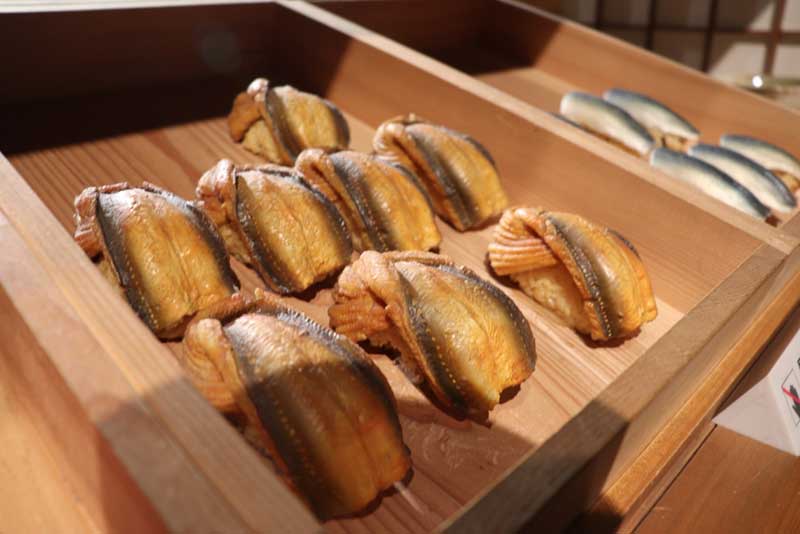
Tips for Preparing Edo Style Dishes at Home
If you’re inspired to try your hand at preparing Edo Style Cuisine at home, here are some tips to get you started. First and foremost, source fresh and high-quality ingredients. Pay attention to the seasonality of the ingredients to capture the essence of Edo Style Cuisine. Additionally, invest in proper kitchen tools and utensils to achieve the desired results. Practice patience and precision in your cooking techniques to bring out the true flavors of Edo Style Cuisine.
Best Places to Experience Edo Style Cuisine
For those eager to savor the authentic flavors of Edo Style Cuisine, Tokyo offers a multitude of options. From Michelin-starred restaurants to humble street stalls, the city provides a diverse range of culinary experiences. Ginza, Tsukiji, and Asakusa are renowned neighborhoods where you can find exceptional Edo-mae sushi, tempura, and other Edo Style dishes.
Edo Style Cuisine in Modern Times
While Edo Style Cuisine preserves its traditional roots, it has also evolved with the changing times. Chefs and culinary enthusiasts continue to innovate and experiment, incorporating new ingredients and techniques into this age-old tradition. The fusion of Edo Style Cuisine with other culinary styles has given rise to unique and exciting flavor combinations.
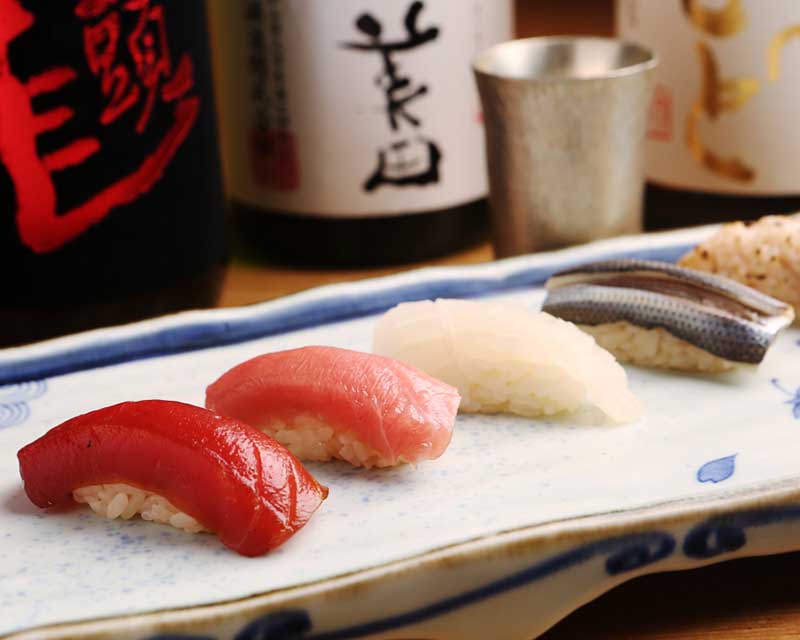
Fusion Cuisine: Edo Style with a Twist
In recent years, fusion cuisine has gained popularity, blending Edo Style Cuisine with influences from other cultures. Chefs have creatively combined traditional Edo-mae sushi with Western ingredients or incorporated international flavors into classic Edo Style dishes. This blending of culinary traditions adds a new dimension to the already diverse and dynamic Edo Style Cuisine.
Edo Style Desserts and Sweets
No culinary journey would be complete without exploring the world of Edo Style desserts and sweets. Traditional Japanese sweets, known as wagashi, often feature in Edo Style Cuisine. These confections are made from ingredients such as red bean paste, mochi, and matcha, and they beautifully complement the simplicity and elegance of Edo Style dishes.
Preserving the Legacy of Edo Style Cuisine
In an ever-changing culinary landscape, it is crucial to preserve the legacy of Edo Style Cuisine. Organizations, chefs, and food enthusiasts strive to promote and protect this culinary heritage. By preserving traditional techniques, fostering innovation, and educating future generations, the flavors of Edo Style Cuisine will continue to captivate and delight people around the world.
Conclusion
Edo Style Cuisine is a testament to the timeless allure of Japanese gastronomy. Its focus on simplicity, fresh ingredients, and meticulous preparation has made it a beloved culinary tradition. Whether you’re indulging in Edo-mae sushi, savoring a comforting bowl of sukiyaki, or exploring the fusion creations, the flavors of Edo Style Cuisine are sure to leave a lasting impression.
FAQs
Is Edo Style Cuisine only limited to seafood dishes?
No, while seafood plays a significant role in Edo Style Cuisine, there are many other dishes that feature different ingredients such as vegetables, tofu, and meat. Edo Style Cuisine offers a diverse range of flavors and options to suit various preferences.
Can I find Edo Style Cuisine outside of Japan?
Yes, Edo Style Cuisine has gained popularity globally, and you can find restaurants and establishments serving Edo Style dishes in many major cities around the world. However, for an authentic experience, Tokyo remains the best place to indulge in Edo-mae cuisine.
Are there vegetarian or vegan options in Edo Style Cuisine?
Yes, Edo Style Cuisine embraces a wide variety of ingredients, including vegetables and tofu, making it suitable for vegetarians and vegans. Many Edo Style dishes can be adapted to accommodate different dietary preferences.
Are the cooking techniques used in Edo Style Cuisine difficult to master?
Some of the traditional cooking techniques used in Edo Style Cuisine require practice and experience to master. However, with patience and dedication, anyone can learn and appreciate the art of Edo-mae cooking.
What makes Edo Style Cuisine different from other Japanese culinary styles?
Edo Style Cuisine stands out for its emphasis on simplicity, minimal seasoning, and showcasing the natural flavors of the ingredients. It also incorporates the influences of diverse regional cuisines that were brought to Edo during the Edo period, creating a unique culinary tapestry.




